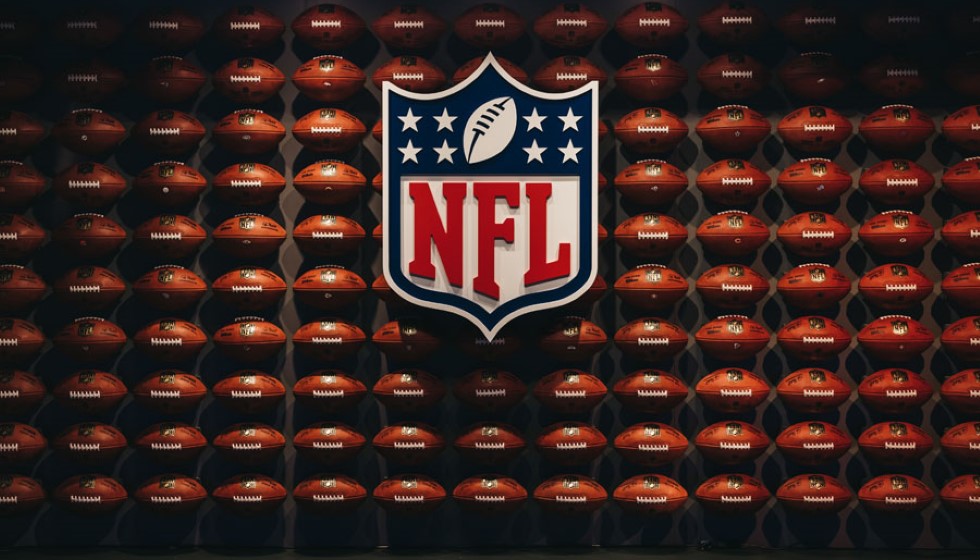
The NFL's new rule banning the hip-drop tackle has sparked significant debate and scrutiny in its initial implementations this season. Designed to enhance player safety, the rule imposes a 15-yard penalty and an automatic first down on the defense. However, its enforcement has proven inconsistent through the first 31 games, raising questions about its efficacy and the commitment to its rigorous application.
Inconsistent Enforcement
Multiple instances of the banned hip-drop tackle have been identified in the early weeks of the season, yet penalties have been scarce. Notably, officials missed calls on at least two hip-drop tackles in Week 1. Bears linebacker T.J. Edwards was involved in one such incident but escaped without a penalty. Despite the lack of an on-field penalty, Edwards may still face a fine from the league, highlighting the ongoing challenges in consistent enforcement.
Injuries and Player Safety
The hip-drop tackle, characterized by a player grabbing the runner with both hands or wrapping with both arms, then unweighting themselves and dropping their hips and lower body onto the runner's legs or below the knee, poses significant risks. Severe leg injuries resulting from this type of tackle can sideline players for extended periods, undermining the safety measures the rule aims to enforce.
Houston Texans running back Joe Mixon recently experienced the potential dangers of this tackle. During Sunday's game, Mixon sustained an ankle injury, which analysts suspect may have resulted from a hip-drop tackle. Texans head coach DeMeco Ryans commented, "Joe got rolled up. The guy's weight definitely came down on his ankle. Didn't look good from my view." Mixon left the field injured and was later listed as questionable, though he did make a return in the fourth quarter. The severity of Mixon's injury remains uncertain as he awaits the results of his MRI.
Coaching and Officiating Perspectives
The inconsistencies in officiating not only undermine the intention of the rule but also put player safety at substantial risk. "We'll evaluate Joe throughout the week. Hopefully, he's okay. Have to see the film and see if it was really a hip-drop tackle," said Coach Ryans, indicating the complexities in identifying and ruling on such tackles in real-time.
Players and coaches alike emphasize the importance of enforcing the rule consistently. Joe Mixon himself voiced his frustration on social media, stating, "The NFL and NFLPA made it a rule and an emphasis for a reason. Time to put your money where your mouth is." This sentiment echoes the broader concern within the league—if safety protocols are not upheld, both the integrity of the game and the well-being of its players are compromised.
The Road Ahead
As the NFL season progresses, it remains to be seen how rigorously the hip-drop tackle rule will be enforced. The early signs indicate a struggle to achieve consistency, which is vital for the rule's credibility and effectiveness. Officials play a crucial role in ensuring that all mandated safety measures are upheld during the game, and their performance will be under close scrutiny moving forward.
The league needs to address these enforcement challenges promptly to protect its players from unnecessary risk. The current situation underscores the importance of clear guidelines, adequate training for officials, and perhaps even technological assistance to aid in the accurate identification of hip-drop tackles during games. The commitment to player safety must be unwavering, and the enforcement of the hip-drop tackle rule is a crucial test of that commitment.
In the meantime, players like Joe Mixon, who face the risk of injury from such tackles, serve as reminders of why these rules exist. The league's ongoing efforts will hopefully lead to more consistent enforcement, safeguarding the health and careers of the players who make the game what it is.